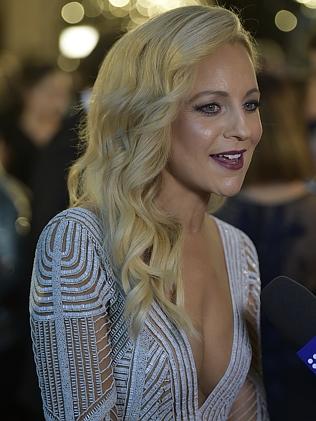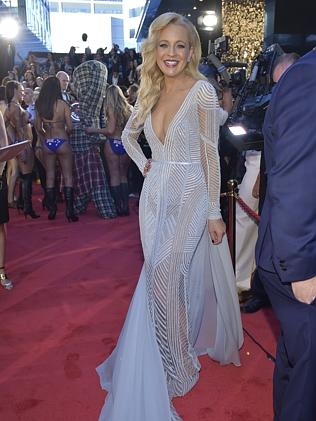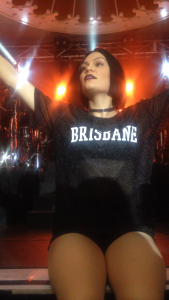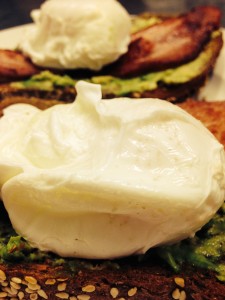We often tend to overlook the power of scheduling even though the concept of it is right in front of us every evening, when we sit down to watch television at dinnertime.
“The television schedule is a form of media temporality that simultaneously disciples and is disciple to the conventions of western ‘human time’ as they take place through standardised patterns of work, sleep, eating and family life” (Cover, 2005, pg. 14).
Schedules are important as they break down patterned audience behaviour (it is important to note that audience behaviour is relevant, as the aim for commercial television is to ‘sell’ mass audiences to advertisers in order to gain a profit from their programs). Firstly schedules include the inscribed assumptions about everyday life regarding working hours or meal times. This means that the evening television schedules often mimic evening schedules for households as this provides more relevant television and brings in viewers (therefore higher ratings, more profit). Secondly they cater to the annual pattern of seasons, events and special occasions. Thirdly, traditional slots tend to be more habitual i.e. news programs scheduled between 5-7pm (catered for the 9-5pm working day model), as this reaches a wider and larger audience range. And lastly are the assumptions about what the competition does and might do. Schedulers take into account patterns of behaviour from other networks or look at what is coming up on other networks, in order to provide the same sort of programming to compete.
The first point is relevant in regards to Masterchef as the program is broadcast around the time when individuals are preparing/eating dinner (7:30pm). Advertisers can market products relevant to Masterchef, i.e. Coles (a major sponsor of the show). For example, they may advertise half-price chicken which leads audiences to consider buying that chicken for a future meal.
Schedulers attempt to find the ‘best slot’ for particular programs especially when they are successful. This leads me to think about many popular cooking game shows that are manipulating ratings at the moment across quite a few networks including Channel 7, 9 and 10.
Channel 10 is definitely catering to my tastes with its hit television program ‘Masterchef’, an Australian reality television game show. The show features three main judges, Gary Mehigan, George Calombaris and Matt Preston who are all highly regarded within the food industry. The first episode of season one aired on the 27th of April 2009 at 7pm, with the following seasons airing half an hour later (at 7:30pm). The first episode of season one attracted an average of 1.42 million viewers (cited in Wikipedia 2015), making Masterchef Australia the most watched show in the 7pm time slot. Six years on after moving to the 7:30pm time slot, the 2015 series averaged 1.168 million viewers each episode maintaining its spot as the number one program on television at its timeslot from May-July.
According to Paul Venzo (2009), “Masterchef was successful for a number of reasons. It coincided with the media’s focus on the global financial crisis… as it taught Australian’s how to prepare food that many of us could no longer afford to eat out.” Julie Goodwin (winner of season one) “embodied a key convention of reality television… a journey followed by a transformation into the more ‘ideal-self’.”
By playing on the stereotypical conventions of the family schedule, the producers of Masterchef are able to maximise viewing statistics and revenue through scheduling themselves around the typical family timetable.
References:
Ellis, J 2000, ‘Scheduling: the last creative act in television?’, Media, Culture & Society, no. 22, vol. 1, pg. 25-38.
Wikipedia, 2015, MasterChef Australia. [online] Available at: https://en.wikipedia.org/wiki/MasterChef_Australia [Accessed 12 Aug. 2015].
Venzo, P 2009, ‘Reality Really Does Bite: ‘Dead Set’ and the Development of Reality TV’, Metro Magazine: Media & Education Magazine, no. 163, pg. 92-97.
















